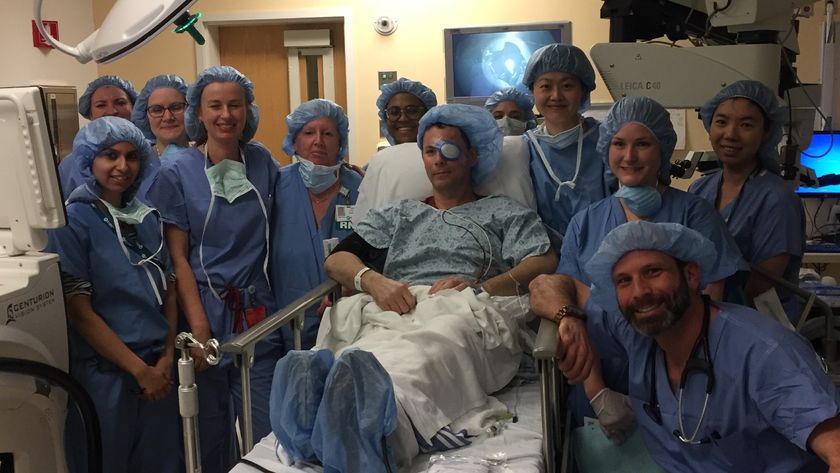Incontinence Surgery Found Effective
Two popular procedures for female stress incontinence were found to be equivalent in efficacy but differed in side effects, according to a new study published in the New England Journal of Medicine.
Urinary incontinence — urine loss from physical activity such as coughing, sneezing or laughing — affects approximately 50 percent of women. Somewhere between 4 and 10 percent undergo surgery. The surgical techniques tested, called mid-urethral slings, are increasingly common.
One surgical technique evaluated in this study was the retropubic procedure, where a sling is placed between the pubic region and the bladder to prevent urine loss. Complications associated with the retropubic procedure included urination problems requiring surgery.
The other technique used was a transobturator procedure, where a sling is placed near the labia and urethra. Patients who underwent the transobturator procedure experienced a frequency in neurologic symptoms such as weakness in the upper leg.
Complications associated with both procedures resolved in a couple of weeks, the study found.
"Few studies have compared the safety and efficacy of these two surgical techniques until now, and this is the first trial to show the procedures are equivalent in efficacy," said Dr. Kimberly Kenton, study co-author and associate professor in the Departments of Obstetrics & Gynecology and Urology at Loyola University Chicago Stritch School of Medicine. "These findings give us insight into the complications associated with each procedure, which will allow us to better tailor care to individual patient needs."
Women eligible for this study were 21 years of age or older and were planning stress-incontinence surgery. They had to have experienced stress incontinence symptoms for at least three months.
Sign up for the Live Science daily newsletter now
Get the world’s most fascinating discoveries delivered straight to your inbox.
Objective cure rates of stress incontinence after the retropubic and transobturator procedures were equivalent at 12 months at 80.8 and 77.7 percent, respectively. However, subjective cure rates — such as self-reported stress-incontinence symptoms — were 62.2 and 55.8 percent, respectively.
"Incontinence is a common health issue, which significantly impacts a woman's quality of life," said Kenton, who also sees patients in the Division of Female Pelvic Medicine and Reconstructive Surgery at Loyola University Health System (LUHS). "These findings will help us to bring advances to the millions of women who require surgery for this embarrassing condition."













